
How Can Employers Help with the Gen Z Mental Health Crisis?
Entering the workforce amidst a mental health crisis, Gen Z pushes for better employee well-being. What can employers do to address this issue effectively?


Founder & CEO of OneEleven Financial Wellness

Founder & CEO of Bossed Up
It’s no secret that the workplace today is more demanding than ever.
With tightening deadlines, increased accountability, and constantly shifting priorities, it’s easy for employees to feel overwhelmed and stressed out. And when employees are stressed out, they’re more likely to experience burnout.
Managing burnout in the workplace is essential to keeping a healthy and productive workforce. Job burnout can lead to absenteeism, decreased productivity, and increased turnover.
It can also affect an individual’s health, well-being, and job satisfaction.
And while there is no one solution for this problem, some effective practices for managing burnout and promoting a healthy work-life balance exist. Implementing them can help create a more positive work environment and prevent the negative consequences of burnout.
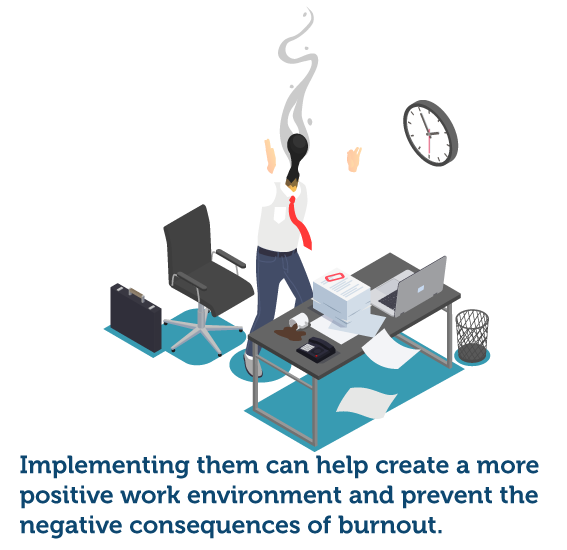
Occupational or workplace burnout is a stress reaction that occurs when work demands are excessive and prolonged, and workers feel they have little or no control over their work. It can lead to physical and emotional exhaustion, detached attitudes towards work, feelings of ineffectiveness and self-doubt, and long-term effects on mental health.
Undeniably, occupational burnout is a symptom of a modern workplace.
With the advancement of communication technology and hybrid work models, the lines between work and home have been blurred even more. Some 27% of all workers in the U.S. claim they cannot unplug from work, while 53% work longer hours, making unplugging harder.
Dani Pascarella, the founder, and CEO of OneEleven, says that burnout usually comes from chronic workplace stress that has not been managed. “When experiencing burnout, employees can feel exhausted and distanced from their job.
While work can be stressful on its own, outside factors can contribute to or accelerate burnout. If an employee’s plate is full in their personal life, they are more susceptible to burnout in their work life.
When it comes to personal stress, money is the number one cause, with 54% of Americans saying their finances are their most significant source of anxiety.
That is why financial wellness is so essential.
As OneEleven calls it, the wellness trifecta is made up of three parts: physical, mental, and financial health. All three pieces are crucial to becoming holistically well – it’s very hard to be well in one place but not another.”
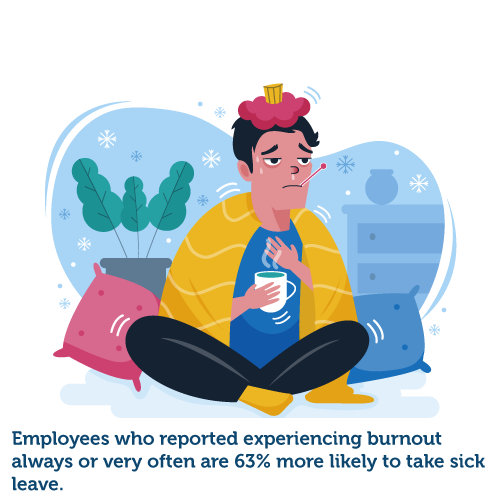
In fact, according to a study conducted by Gallup, almost two-thirds of employees experienced burnout at their workplace. Although, for many people, burnout has become “simply part of the job,” the concrete organizational cost of burnout is substantial. Employees who reported experiencing burnout always or very often are:
Workplace burnout is also one of the contributors to poor employee experience, which negatively impacts an organization. According to research by the Center for American Progress, companies can spend up to 213% of an employee’s salary to find a suitable replacement.
These are just some reasons why managing burnout in the workplace should be one of the top priorities in 2022.
For the past three years, parallel to the COVID-19 pandemic, the world has faced a global mental-health crisis.
During the pandemic, four in ten adults in the U.S. reported some type of mental health problem. The increase in workloads, hiring freezes, and the great resignation were among the things that added strains on workers.
Visier’s “The Burnout Epidemic Report” from 2021 showed the job burnout epidemic in the U.S. Some 89% of survey participants confirmed that they had experienced burnout at their workplace since the pandemic’s beginning, while 27% said they experience burnout “all the time.” Over 70% percent of interviewed employees said they would leave their current company due to burnout.
Deloitte’s annual “Women @ Work” report showed alarming levels of widespread burnout among women.
53% of those interviewed said their stress levels were higher than the previous year. 46% felt burned out, and 33% took time off work due to mental health challenges.
Women are more likely than a year ago to be looking for a new job, and burnout is the leading motivator: over 40% of women actively seeking new employment cited it as the primary reason.
And while World Health Organization included burnout in the International Classification of Diseases as an “occupational phenomenon,” there is still no consensus to recognize it as a medical condition.
Some experts think other preexisting conditions such as depression and anxiety are the leading cause behind it. Others believe that individual factors like family life and personality traits determine who will be affected by it.
Numerous factors can cause burnout in the workplace. Some of the most common are:
Burnout symptoms in the workplace can include exhaustion, difficulty focusing or concentrating, and irritability or detachment. People who are burnt out at work are more likely to suffer from anxiety, depression, and even heart disease.
They are also more likely to make mistakes on the job, which can put themselves and others at risk.
Emilie Aries, founder and CEO of Bossed Up, is no stranger to work-related burnout.
In an interview with Natfluence, she shared her experience on the matter: “I burnt out before the age of 25, working in what was arguably my dream job. I was the youngest State Director in the nation, serving on behalf of newly-elected President Barack Obama.
I was working all the time; often, the only time I spent on “fun” was at networking happy hours and political fundraisers. I felt stuck in a toxic relationship and had completely lost any semblance of a health and wellness regimen post-college life.”
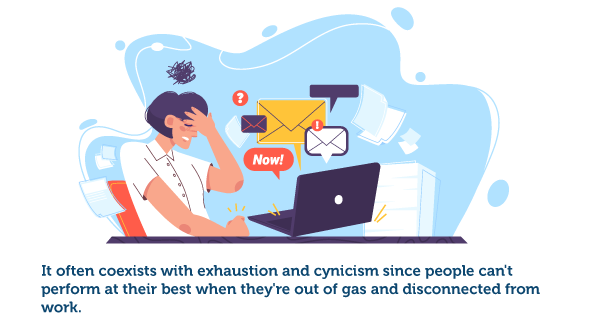
Three years in, the work that once got Emilie excited left her daydreaming about escapist fantasies. “I knew then that the way I was working wasn’t going to work for the long term, and that began my exploration into finding a way to pursue a high-ambition career without martyring myself along the way.”
According to psychologist Christina Maslach, burnout is a three-component syndrome that comes as a result of chronic stress at the workplace:
Recognizing the signs of burnout in the workplace can be challenging since “working hard” has always been at the core of corporate culture.
With long hours, demanding projects, and constant pressure to perform, it’s no wonder many people experience burnout. While some amount of stress is inevitable, prolonged exposure to it can lead to serious health consequences.
In a research paper “The Future of Burnout” authored by Dr. Maslach, she defined three distinguished types of burnout:
Occupational stress and burnout have been on the rise since the beginning of the COVID-19 pandemic.
The survey conducted by Indeed shows that shifting to remote or virtual work hasn’t brought the desired results. 38% percent of those working online said that burnout has worsened compared to 28% of those working on site.
27% of respondents said they could not unplug from work due to a lack of clear boundaries between the workplace and home.
When dealing with workplace fatigue, it is essential to remember that it is rarely only the fault of the individuals within the organization. The stigma surrounding this syndrome usually makes people feel like the entire problem is within them—their inability to manage pressure or added workload.
However, employee burnout often signals problems within the company and its management.
That’s why employers need to create an environment that supports mental health and well-being and pays attention to managing burnout in the workplace. And while there is no one universal solution for this problem, there are some practices that can help organizations deal with it more efficiently:
Workplace culture substantially impacts burnout and how people deal with it internally.
Lack of social support or sense of community, bullying, toxic positivity at work, discrimination, and the absence of reward or recognition are among the things that increase the risk.
Dr. Christina Maslach is among many professionals who see burnout syndrome as a systemic issue that also requires a systemic approach to deal with it.
Addressing burnout in the workplace is essential for supporting a healthy and productive workforce. By taking steps to support employee well-being, employers can create a more positive work environment for everyone.
One way to address burnout is to provide opportunities for employee conflict management. Whether through mediation or conflict resolution training, establishing a process for managing disagreements can help reduce stress and prevent minor issues from escalating.
Also, organizations should create an open and supportive environment where employees feel comfortable discussing their mental health, workplace trauma, and any other issue in the workplace that they find to be a stressor.
By destigmatizing mental health issues, workers are encouraged to seek help when needed.
National Academy of Medicine report on burnout in the health care industry recommended that organizations address burnout in the workplace by making workloads more manageable and providing incentives for more collaboration and teamwork.
Dani Pascarella says that for most people, stress comes from outside work and manifests in their work life. “By helping your employees lighten their stress load in all areas of their life, they’re better able to adjust when the work environment gets stressful. Each person can handle so much stress, and while stress comes from multiple sources, we know that money is the leading cause.

Most people experience some form of work-related burnout in their professional lives.
Whether from working long hours, caring for a loved one, or managing other stressors, burnout can leave everyone feeling exhausted and overwhelmed. So how to recover from burnout, and is it possible to do it while still working?
One of the biggest triggers for burnout is losing control at work.
Taking it back is one of the most critical steps in recovering. This process requires learning to prioritize and delegate tasks, manage time, and deal with potential stressors.
Taking time off from work is still one of the most efficient ways to decompress from everyday obligations at work.
Companies like Hootsuite, LinkedIn, and Bumble closed their offices for a week to give their employees time off to recover from burnout. Some companies started offering unlimited vacation days to their employees.
Finding time for hobbies and leisure activities can help cope with work-related stress. And incorporating these activities and sticking to them can provide necessary unplugging from work.
One thing is sure.
There is no efficient recovery without a work environment that fosters open and transparent communication, promotes its employees’ mental and physical well-being, and doesn’t encourage toxic behavioral patterns.
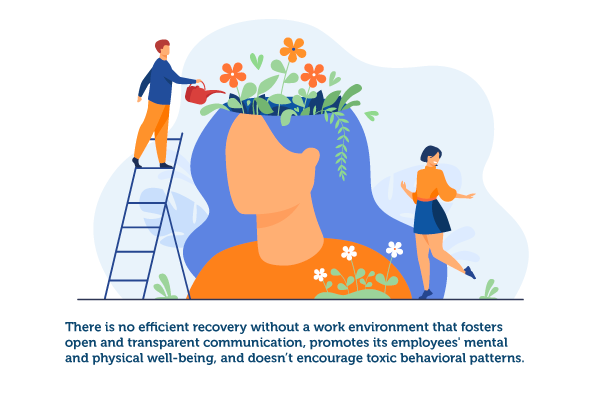
A good step in the right direction when it comes to managing burnout in the workplace is that WHO and health professionals started to pay closer attention to it.
Sweden is the first country in the world which recognize it as a medical condition. However, the most important thing is that the initial stigma around it is fading away. People talk more openly about work-related burnout without being labeled.
There is still much research that needs to be done on this topic. However, one thing is sure, businesses will never return to the same old patterns, and work environments are changing dramatically worldwide.
Browse our curated list of vendors to find the best solution for your needs.
Subscribe to our newsletter for the latest trends, expert tips, and workplace insights!

Entering the workforce amidst a mental health crisis, Gen Z pushes for better employee well-being. What can employers do to address this issue effectively?

What types of resources can employers provide to lessen the burden of lonely individuals in the workplace?
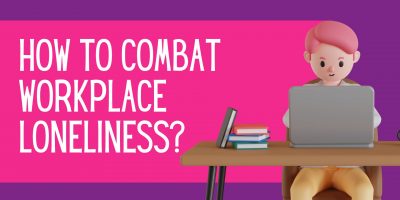
Loneliness can be a serious problem affecting not only employees’ mental health but also the bottom line for businesses. What are the tell-tale signs of workplace loneliness, and what can employers and organizations do to reduce or mitigate it?
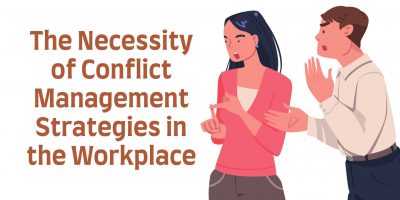
Prevent adverse outcomes by implementing the correct type of conflict management strategies in the workplace.
Shortlister Connect is a tool specifically designed to be utilized by the HR and Procurement/Sourcing teams within mid-size, large and jumbo employers. Shortlister Connect allows these teams to efficiently research & identify their optimal vendor partners, track existing vendor relationships & performance and “connect” with other employers to share successes and vendor experiences.
If you are not on the HR or Procurement/Sourcing team within an employer with over 200 employees, you will not be granted access to Connect. Examples of individuals that would not be granted access include, but are not limited to: vendors, students, practitioners, researchers, other non-employers or anyone that is unwilling to identify themselves will not pass our vetting criteria. If you are a consultant, Shortlister offers a specialized product for consultants, called Shortlister Select. You can email Tom Ciccotti at tciccotti@myshortlister.com to learn more about Shortlister Select.
***Shortlister retains the exclusive right to grant or deny access to any party to ensure the privacy of the vendors in our system.
Please login with your LinkedIn Credentials
Used by most of the top employee benefits consultants in the US, Shortlister is where you can find, research and select HR and benefits vendors for your clients.
Shortlister helps you reach your ideal prospects. Claim your free account to control your message and receive employer, consultant and health plan leads.